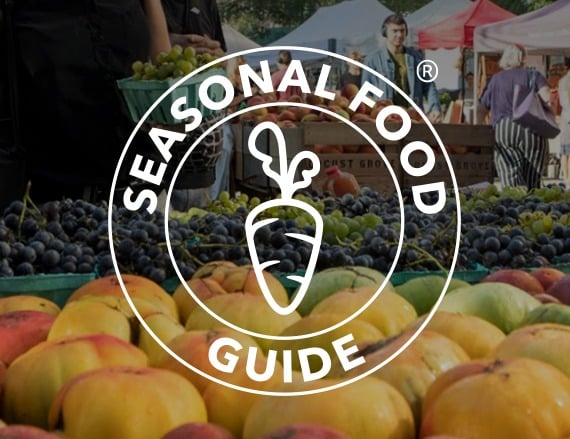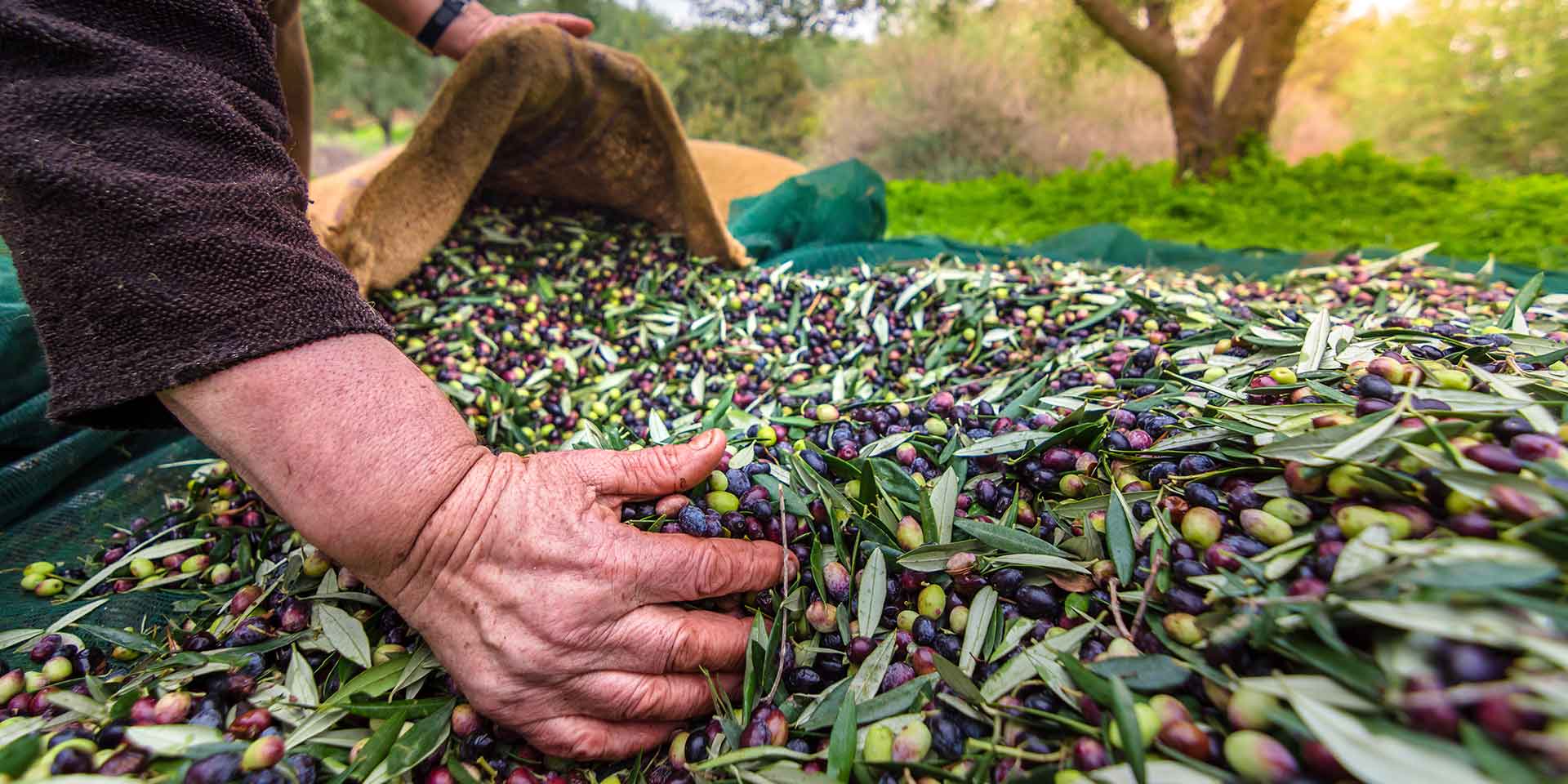Real Food Encyclopedia | Olives
Olives (Olea europaea) have long had a place in our kitchens and at our tables. To the Greeks and Romans, they weren’t just a source of food, but the fuel that lit their lamps and bolstered their economies. Enjoyed both in their whole form and for the oil created when the fruit is pressed, olives are a vital food enjoyed around the world and touted for their health benefits.
Did you know?
- As a member of the Olea genus, the olive tree is related to lilac, forsythia and jasmine.
- The olive is a type of a fruit known as a drupe, which contains a pit or stone surrounded by the flesh of the fruit.
- One of the oldest known olive trees still alive and still bearing fruit is located on the Greek island of Crete. It is estimated to be between 2,000 and 3,000 years old.
What to look for when buying olives
Table olives are sold in shades of green, purple, black and even red. Some have had the pit removed before consumption as well. But it’s the purple or black olive that has been picked when ripe. The ones you are used to eating are basically pickles, since raw, uncured olives right off the tree are not delicious to eat, thanks to a bitter-tasting compound called oleuropein that must be mitigated with a salt or water brine before consumption. Olives with pits tend to have a more pleasing, firmer texture as well as a better taste.
When it comes to olive oil, see if you can find a bottle with a date on it and then look for something that was bottled recently. Also look for dark glass or cans since the quality of the oil is degraded by light. If your oil is “extra virgin” it means that it is of the highest quality — low acidity and free from additives, adulteration and “sensory defects.” While olive oil must pass quality control tests to be deemed extra virgin, 69 percent of brands tested failed to hold up to U.S. and international standards in a recent joint study between the University of California, Davis and the Australian Olive Association.
There are lots of terms used on olive oil bottles that do not necessarily mean much, including “pure,” “natural,” “virgin,” “premium,” “light,” “made in Italy,” and just “olive oil.” If you have the opportunity to buy a California olive oil or directly from international producers, you avoid these issues.
Sustainability of olives
Like all industrially produced crops, the olive industry contributes to agricultural runoff, soil depletion and overuse of fertilizers and water. In Spain, where production is big business, irrigation has put strain on groundwater in Andalusia, bringing agricultural practices into question. It takes 363 gallons of water to make a pound of olives while 1,902 gallons are in a half liter bottle of olive oil. Better water management and use of olive byproduct for fertilization are just a couple of the recommendations to bring sustainability to the industry.
As of now, olives have mostly escaped genetic modification. Researchers in Italy experimented with fungal and bacterial resistant crops, but laws banning GMO field research have halted further development.
Seasonality
In the U.S., olives are in season in the autumn and harvest occurs from September into November. Ripe ones are purple and black depending on variety. Even when ripe, though, they are too bitter to eat as a fresh fruit. The ones you are used to eating have been “cured,” by being soaked in brine or salted. Although canned black olives (those found on a supermarket shelf) are actually green ones that were turned black with alkaline.
Geography
Spain and Italy are top producers of olives in the world while in the U.S., California produces 99 percent of all domestic olives.
The olive is the fruit of an evergreen tree that can grow up to 30 feet tall. The tree, with its characteristic silvery green leaves and gnarled bark, thrives in hot, sunny Mediterranean climates. Although they grow well in moist soil, the trees are fairly hearty when it comes to drought resistance, flourishing in the rocky and often steep hills along the Adriatic. Trees can also hold up to cold snaps, but will die off in freezing temperatures. If you are thinking about planting an olive tree, know that it can take up to fifteen years for it to bear fruit.
Production is separated into two parts: table olives (olives grown for cooking and eating) and olive oil. While most of the olives grown in the world are turned into oil — about 90 percent — most of the table olives are consumed in Mediterranean and Middle Eastern countries, according to “The Oxford Companion to Food.”
It takes about eleven pounds of the fruit to make a liter bottle of olive oil. The ripe fruit are ground into a paste that is then pressed. The resulting liquid is then separated by centrifuge into oil and a liquid called pomace. In ancient times, the process involved stone mills to crush the fruit and grass mats to separate the liquid.
Eating olives
Storing
Olive oil has a limited shelf life and should be consumed within a year of production otherwise it will go rancid. When not using, store in a cool place out of direct sunlight. Fresh, cured olives will keep in the refrigerator for at least a few weeks, while canned and bottled olives can last years if sealed and kept cool (and away from direct sunlight).
Cooking
It’s hard to think about olives without thinking about olive oil, especially when 90 percent of harvest gets turned into oil. It can be used to cook with, drizzle on seasonal vegetables or add to salads.
Table olives are a perfect snack or appetizer, pairing well with various cheeses and wines. Some come stuffed with lemon, almonds, cheese and garlic, or seasoned with herbs and chili. A classic condiment is tapenade, a puree of black olives, capers, anchovies, herbs, lemon, mustard and even cognac. And don’t forget martinis! Need to remove the pit? Smash the flat side of a chef’s knife et voilà!
Olive oil is also delicious in baked goods, like this classic Italian olive oil cake.
Preserving
Olives are one of the original preserved foods. Humans have been curing, brining, fermenting and salting them for millennia. In modern times, they are tinned and bottled, extending their shelf life for years. If you’re one of the lucky few who have ready access to fresh olives, here’s a how-to guide for curing your own.
Nutrition and health
Olives are an excellent source of iron, with 35 percent of the recommended daily value per 100 grams. They are also high in sodium and fat, and are a good source of Vitamin E.
Top photo by avdeyukphoto/Adobe Stock.


